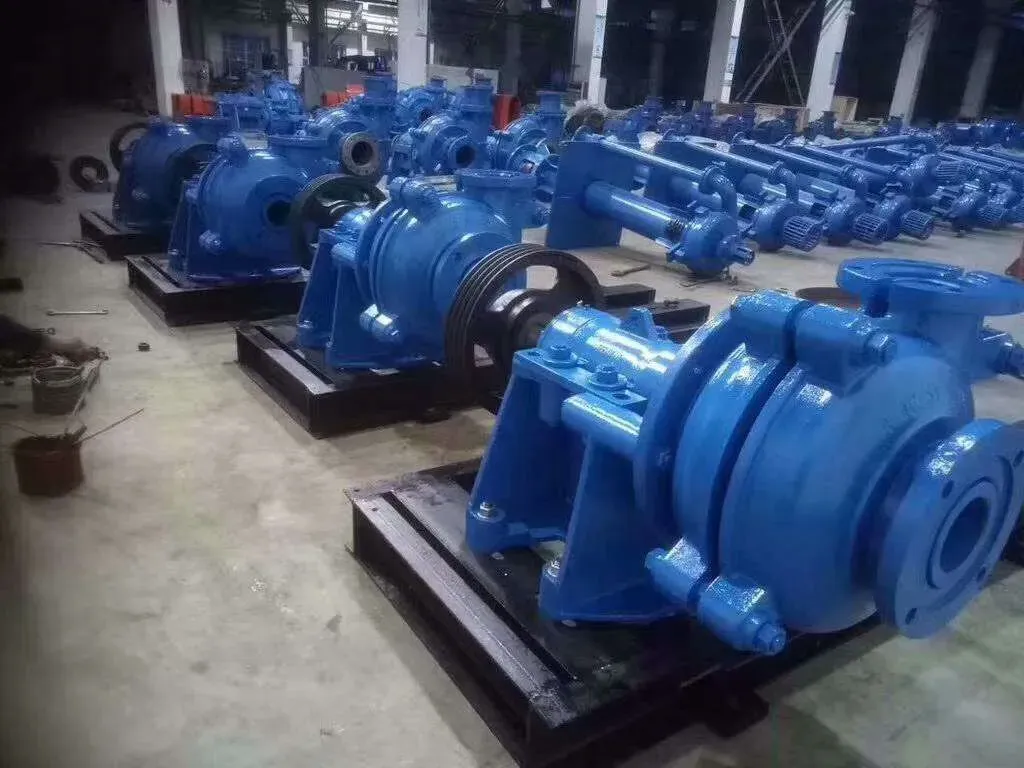Galician
- Afrikaans
- Albanian
- Amharic
- Arabic
- Armenian
- Azerbaijani
- Basque
- Belarusian
- Bengali
- Bosnian
- Bulgarian
- Catalan
- Cebuano
- Corsican
- Croatian
- Czech
- Danish
- Dutch
- English
- Esperanto
- Estonian
- Finnish
- French
- Frisian
- Galician
- Georgian
- German
- Greek
- Gujarati
- Haitian Creole
- hausa
- hawaiian
- Hebrew
- Hindi
- Miao
- Hungarian
- Icelandic
- igbo
- Indonesian
- irish
- Italian
- Japanese
- Javanese
- Kannada
- kazakh
- Khmer
- Rwandese
- Korean
- Kurdish
- Kyrgyz
- Lao
- Latin
- Latvian
- Lithuanian
- Luxembourgish
- Macedonian
- Malgashi
- Malay
- Malayalam
- Maltese
- Maori
- Marathi
- Mongolian
- Myanmar
- Nepali
- Norwegian
- Norwegian
- Occitan
- Pashto
- Persian
- Polish
- Portuguese
- Punjabi
- Romanian
- Russian
- Samoan
- Scottish Gaelic
- Serbian
- Sesotho
- Shona
- Sindhi
- Sinhala
- Slovak
- Slovenian
- Somali
- Spanish
- Sundanese
- Swahili
- Swedish
- Tagalog
- Tajik
- Tamil
- Tatar
- Telugu
- Thai
- Turkish
- Turkmen
- Ukrainian
- Urdu
- Uighur
- Uzbek
- Vietnamese
- Welsh
- Bantu
- Yiddish
- Yoruba
- Zulu
Telephone: +86 13120555503
Email: frank@cypump.com
Nov . 27, 2024 02:53 Back to list
Effective Maintenance Tips for Submersible Sewage Pump Longevity and Performance Optimization
Submersible Sewage Pump Repair A Comprehensive Guide
Submersible sewage pumps play a crucial role in the efficient management of wastewater, using a unique design that allows them to be submerged directly in the sewage they are tasked with moving. These pumps are widely used in residential, commercial, and industrial settings. However, like any mechanical equipment, submersible sewage pumps can experience wear and tear, leading to the need for timely repairs. Understanding the common issues and repair processes associated with these pumps can ensure their longevity and optimal performance.
Common Issues with Submersible Sewage Pumps
1. Clogging One of the most frequent problems is clogging, which can occur when solid waste, debris, or foreign objects become trapped in the impeller or other internal components. This often leads to reduced flow rates or complete pump failure. 2. Overheating Overheating can occur for various reasons, including prolonged operation without adequate cooling or working against a dead head (when the pump is running without any fluid to pump). This can lead to motor burnout if not addressed.
3. Electrical Failures Submersible pumps rely on electric power to function. Issues such as power surges, faulty wiring, and short circuits can impair performance. Water ingress can also damage electrical components, leading to pump failure.
4. Mechanical Wear Components such as bearings, seals, and impellers can wear out over time due to constant operation in harsh environments. This wear can affect the pump's efficiency and lead to leaks.
5. Corrosion Submersible pumps often operate in aggressive environments filled with corrosive materials. Over time, corrosion can weaken the pump structure and lead to premature failure.
Steps for Repairing Submersible Sewage Pumps
When faced with a malfunctioning submersible sewage pump, prompt action is essential. Here’s a step-by-step guide for repairing these pumps
submersible sewage pump repair

1. Safety First Before beginning any repair work, ensure safety by disconnecting the power supply to the pump. Always wear appropriate personal protective equipment (PPE), such as gloves and goggles.
2. Pump Inspection Once the pump is safely disconnected, carefully remove it from the sump or basin. Inspect the pump visually for signs of damage, wear, corrosion, or clogging. Check the intake screen and impeller for blockages.
3. Cleaning If clogging is identified, clean the impeller and intake screen gently. Remove any debris using appropriate tools. A soft brush or compressed air can help clear out stubborn blockages.
4. Component Replacement If inspection reveals worn or damaged parts, replace them. Commonly replaced components include seals, bearings, and impellers. Ensure to use manufacturer-recommended parts to maintain compatibility and performance.
5. Electrical Checks Inspect electrical connections and wiring for signs of wear or damage. Ensure the pump is equipped with a functioning float switch, if applicable, and that the electrical components are dry and secure.
6. Reassembly and Testing After repairs are completed, reassemble the pump carefully, ensuring all parts fit correctly. Once reassembled, reconnect the power and test the pump to ensure proper operation. Check for any leaks and listen for unusual noises during operation.
7. Regular Maintenance To prevent future issues, implement a regular maintenance schedule, which includes routine inspections, cleaning, and lubrication of moving parts. Keeping a close watch on the pump’s performance is essential.
Conclusion
Submersible sewage pump repair is an integral part of maintaining an efficient wastewater management system. Understanding common issues and following proper repair procedures can prolong the life of these pumps, ultimately saving time and costs associated with frequent replacements. Regular maintenance and proactive monitoring will significantly reduce the likelihood of unexpected breakdowns, ensuring that sewage pumps continue to function effectively in their critical role.
-
Reliable Non-Clog Sewage Pumps with GPT-4-Turbo Tech
NewsAug.04,2025
-
High-Performance Air Pumps for Sand & Gravel | Efficient Transport
NewsAug.03,2025
-
ISG Series Vertical Pipeline Pump - Chi Yuan Pumps Co., LTD.|Energy Efficiency, Corrosion Resistance
NewsAug.03,2025
-
ISG Series Pipeline Pump - Chi Yuan Pumps | Energy Efficiency&Compact Design
NewsAug.03,2025
-
ISG Series Vertical Pipeline Pump - Chi Yuan Pumps Co., LTD.|High Efficiency, Low Noise, Durable
NewsAug.02,2025
-
ISG Series Vertical Pipeline Pump - Chi Yuan Pumps | High Efficiency, Low Noise
NewsAug.02,2025










